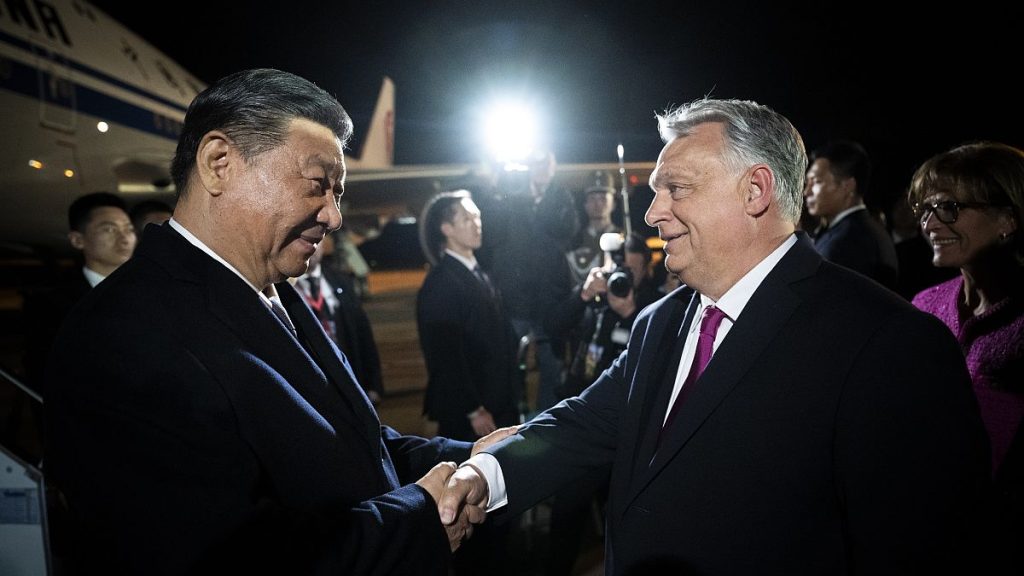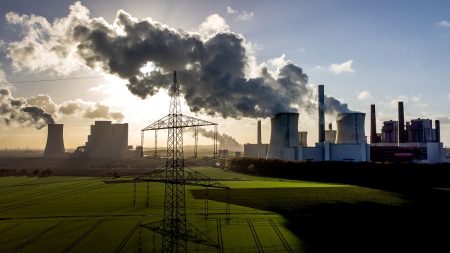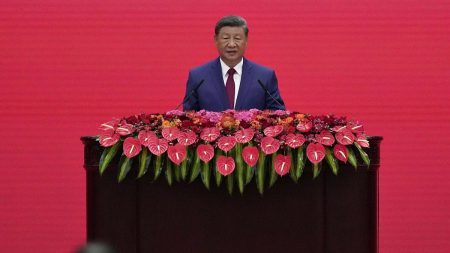In recent years, China has made significant investments in Hungary’s infrastructure and electric vehicle (EV) cars. One project that has garnered attention is the Budapest Belgrade cargo train line. This train line conveniently bypasses major Hungarian cities and was constructed with the help of Chinese credit. However, critics argue that the project was built at a much higher cost than necessary and will take approximately one hundred years to pay for itself. Despite these concerns, some people see the collaboration between China and Hungary in a positive light.
The Budapest Belgrade cargo train line has been a source of controversy due to its high cost and long return on investment. Critics of the project argue that it is not financially viable and may burden the Hungarian economy in the long run. However, supporters of the collaboration point to the potential benefits of improved transportation infrastructure and increased trade opportunities between the two countries. It remains to be seen whether the project will ultimately prove to be a wise investment for Hungary.
China’s investments in Hungary extend beyond just infrastructure projects like the Budapest Belgrade cargo train line. The country has also made significant investments in the production of EV cars, with Chinese companies partnering with Hungarian firms to manufacture electric vehicles. This partnership has the potential to create jobs and stimulate economic growth in Hungary. However, some critics have raised concerns about the environmental impact of increased EV production and the potential for Chinese companies to dominate the market.
Overall, the collaboration between China and Hungary in infrastructure and EV car production has the potential to bring about both benefits and challenges for the Hungarian economy. While some projects, such as the Budapest Belgrade cargo train line, may have questionable financial viability, others, like the production of EV cars, have the potential to create jobs and drive economic growth. As China continues to invest in Hungary’s infrastructure and automotive industry, it will be important for both countries to carefully consider the long-term implications of these investments and ensure that they are mutually beneficial.
Despite the controversy surrounding some of China’s investments in Hungary, there are those who see the collaboration between the two countries as a positive development. Proponents argue that Chinese investment has the potential to stimulate economic growth and create new opportunities for trade and innovation. Additionally, the partnership between Chinese and Hungarian firms in the production of EV cars could lead to advancements in technology and a more sustainable transportation system. Ultimately, the success of these collaborations will depend on the ability of both countries to work together to address challenges and maximize the benefits of their partnership.
In conclusion, China’s investments in Hungary’s infrastructure and EV car production have the potential to bring about both benefits and challenges for the Hungarian economy. While some projects may face criticism for their high cost and long return on investment, others have the potential to create jobs and drive economic growth. As the collaboration between China and Hungary continues to evolve, it will be important for both countries to carefully consider the implications of their investments and work together to ensure that they are mutually beneficial. Only time will tell whether these partnerships will ultimately prove to be successful for both countries.













